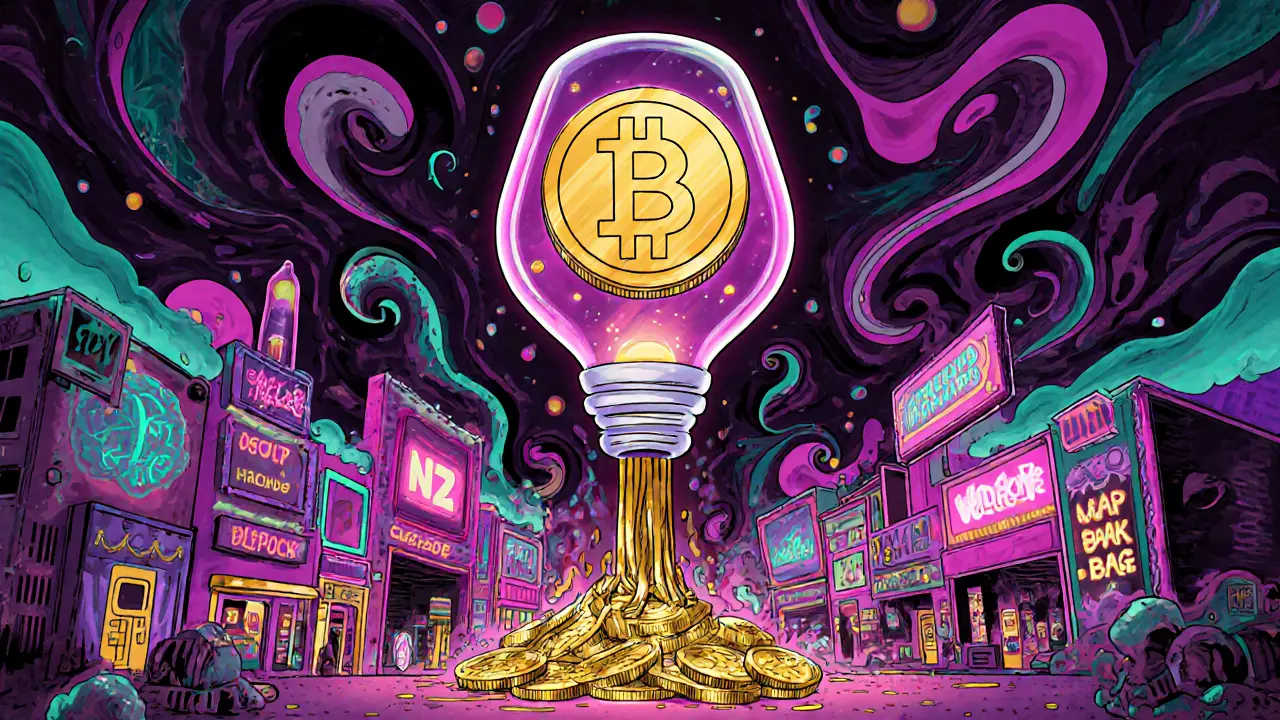NFT Marketplace: How They Work, Which Ones Matter, and What to Avoid in 2025
When you buy or trade an NFT marketplace, a platform where digital assets like art, music, or game items are bought, sold, or traded using blockchain technology. Also known as NFT trading platform, it’s not just a store—it’s a direct connection between creators and collectors without middlemen. Unlike traditional online stores, these platforms use smart contracts to prove ownership, track history, and enforce rules automatically. That’s why some NFT marketplaces thrive while others die quietly—because trust isn’t built on logos or ads, it’s built on transparency and liquidity.
Not all NFT marketplaces are created equal. Some, like the ones tied to active gaming or DeFi projects, let you earn tokens just by playing or holding NFTs—like the MetaSoccer NFT, a digital collectible tied to a play-to-earn soccer game that rewards users with MSU tokens. Others, like the HashLand NFT, a synthetic asset tied to hash rate mining that was distributed via a limited airdrop, aren’t traded on big exchanges at all—they exist in niche ecosystems. Then there are the dead ones: platforms with zero volume, no updates, and wallets full of unsellable junk. The difference? Real marketplaces have users. Fake ones have bots.
What you’ll find in these posts isn’t hype. It’s what happens when people actually use these platforms. You’ll see how the Seascape Crowns (CWS), a token tied to a now-defunct NFT gaming network stopped being distributed, why the HyperGraph (HGT), a project falsely claiming to run an NFT airdrop is a scam, and how the Bull BTC Club, a project mixing NFT mining claims with fake Bitcoin airdrops confused people into wasting time. These aren’t theoretical risks—they’re real losses.
There’s no magic formula to pick a good NFT marketplace. But there are red flags: no trading volume, no team info, fake social media, and promises of free NFTs that ask for your wallet password. The ones that last? They give you real utility—like earning tokens, playing games, or owning pieces of real-world assets. And if you’re looking to join an airdrop, you’ll find out which ones actually paid out and which ones vanished overnight.
What’s below isn’t a list of trending NFTs. It’s a collection of what actually happened—on-chain, in wallets, and in the real world. You’ll learn where people made money, where they lost it, and how to tell the difference before you click "connect wallet."
Future of NFT Marketplace Technology: AI, DeFi, and Real-World Assets in 2025
NFT marketplaces in 2025 are no longer about JPEGs. They're powered by AI, DeFi, and real-world asset tokenization - turning digital ownership into functional, profitable, and lasting value.
How NFT Creators Earn Royalties on Resales
NFT creators earn royalties on resales through smart contracts that automatically send a percentage of each secondary sale back to them. But with major marketplaces dropping enforcement, the future of this system is uncertain.

